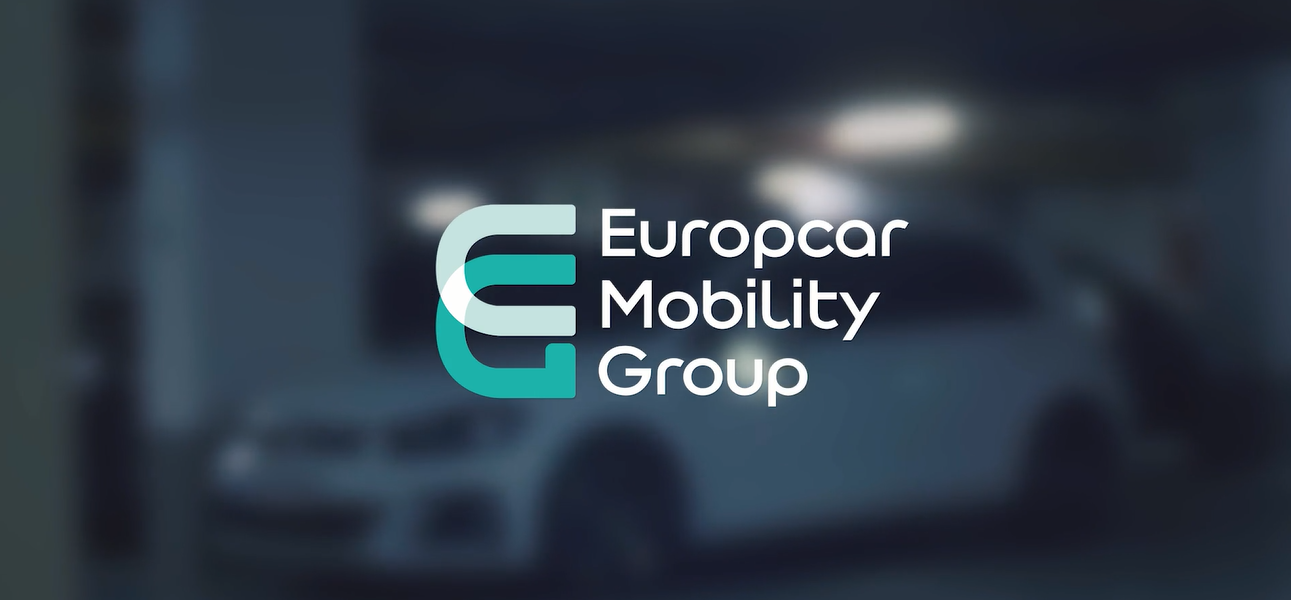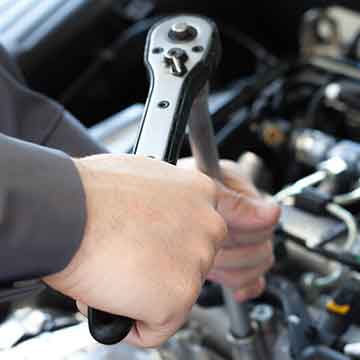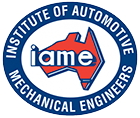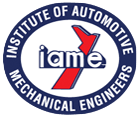Accelerating EV Adoption
Europcar Mobility Group Paves the Way with Ambitious Charging Infrastructure Rollout in Australia

Australia's electric vehicle (EV) landscape is on the brink of a monumental shift, as the Europcar Mobility Group, a leading vehicle rental company in the country, announces plans for a widespread installation of EV chargers. With a vision to drive sustainable mobility and cater to the growing demand for electric vehicles, Europcar's ambitious initiative is poised to reshape the transportation sector and accelerate the adoption of EVs across the nation.
The scale of Europcar's undertaking is nothing short of impressive. The company plans to deploy 256 chargers across at least 41 sites nationwide, encompassing both urban centers and regional locations. This comprehensive charging infrastructure network will play a pivotal role in facilitating the widespread adoption of electric vehicles, addressing critical concerns such as range anxiety and accessibility to charging facilities.
One of the most noteworthy aspects of Europcar's initiative is its commitment to inclusivity, with a significant emphasis on expanding EV infrastructure beyond major metropolitan areas to include regional locations. By extending the reach of EV charging facilities to regional communities, Europcar is not only enhancing accessibility but also fostering equitable access to sustainable transportation solutions across diverse geographical landscapes.
Moreover, Europcar's investment in EV infrastructure is complemented by its ambitious plans to introduce approximately 3,100 passenger electric rental vehicles into its fleet over the next three years. This strategic deployment of electric rental vehicles underscores the company's commitment to providing customers with a diverse range of sustainable mobility options while significantly reducing carbon emissions associated with traditional fossil fuel-powered vehicles.
The timing of Europcar's initiative couldn't be more opportune, as Australia stands at a pivotal juncture in its transition towards a low-carbon future. With increasing awareness of environmental sustainability and the urgent need to mitigate the impacts of climate change, the adoption of electric vehicles has emerged as a key priority for policymakers, businesses, and consumers alike.
Europcar's bold move not only aligns with broader national objectives to reduce greenhouse gas emissions but also positions the company as a trailblazer in the transition to sustainable transportation. By investing in EV infrastructure and expanding its electric vehicle fleet, Europcar is demonstrating leadership and foresight in navigating the evolving automotive landscape while meeting the evolving needs and expectations of its customers.
Furthermore, Europcar's initiative is poised to have far-reaching economic implications, driving job creation, fostering innovation, and stimulating investment in clean energy technologies. As Australia embraces the electrification of transportation, opportunities abound for collaboration and partnership among industry stakeholders to realize the full potential of a greener, more sustainable future.
In conclusion, Europcar Mobility Group's ambitious plans to install EV chargers and deploy electric rental vehicles herald a new era of sustainable mobility in Australia. By investing in infrastructure, embracing innovation, and prioritizing environmental stewardship, Europcar is paving the way for a cleaner, greener transportation landscape that benefits both present and future generations. As the momentum towards electrification gathers pace, Europcar's bold initiative serves as a shining example of proactive leadership and commitment to driving positive change in the automotive industry and beyond








